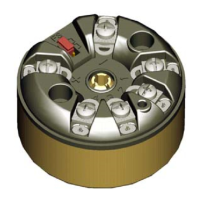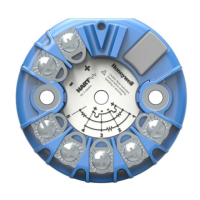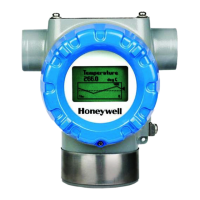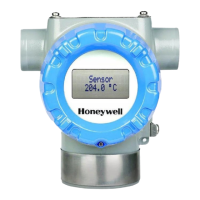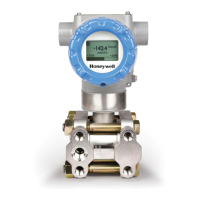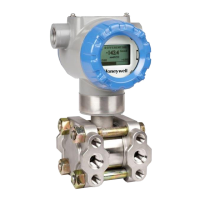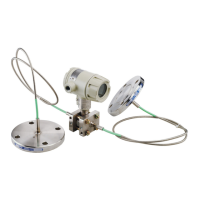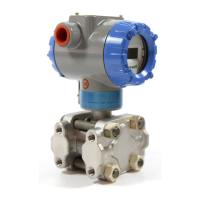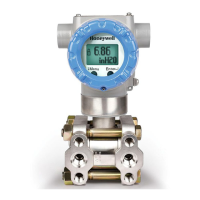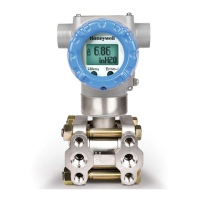Why Honeywell Transmitter gives incorrect output signal with simulating device?
- WWendy SchmidtAug 14, 2025
To resolve an incorrect output signal with a simulating device, verify the sensor wiring is correct and then power cycle the device. When changing the configuration, ensure the sensor wiring is correctly connected before making any configuration changes. The most common error is changing the sensor wiring after probe type selection or after power-up.
